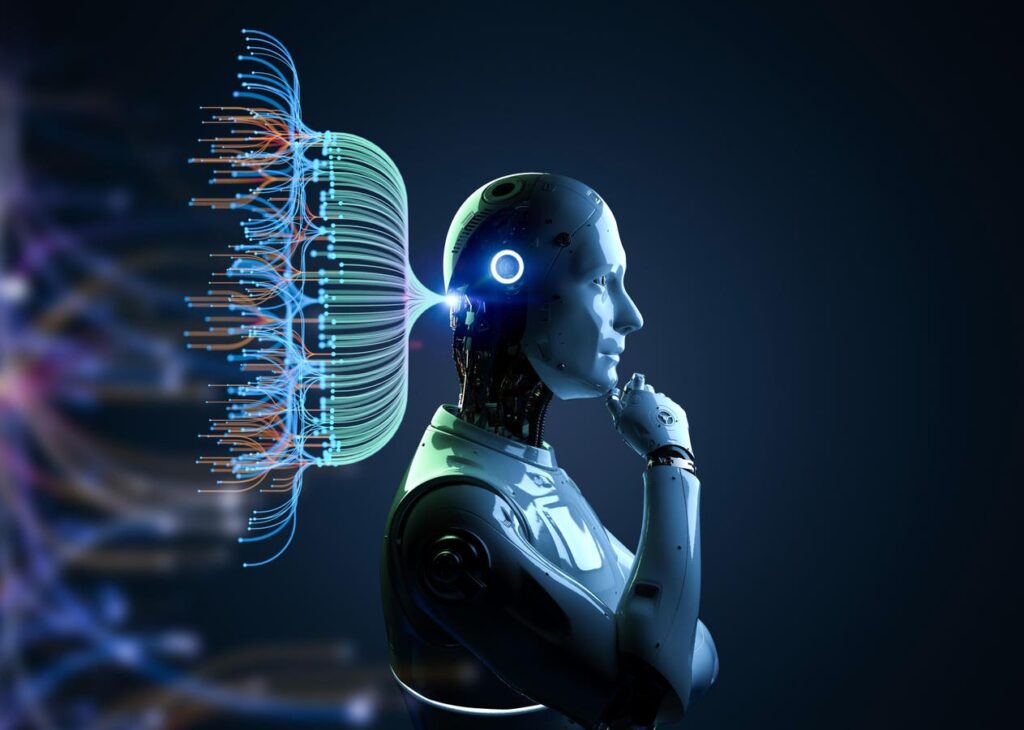
Oscillating State-Space Models: A Revolutionary Leap Forward in Artificial Intelligence and Robotics
In a groundbreaking presentation, researcher Rusch has unveiled a new approach to artificial intelligence that mimics the human brain’s oscillating state-space models. This breakthrough could potentially revolutionize the field of robotics and our understanding of artificial intelligence.
According to Rusch, these oscillating state-space models would enable systems to learn in a more efficient manner, mimicking the way humans process information. By adopting this approach, AI systems could become exponentially more intelligent and capable, potentially bridging the gap between artificial and biological intelligence.
The implications of such technology are far-reaching. For instance, robots could be programmed to perform complex tasks that were previously thought to be the exclusive domain of human beings. Imagine having a robot do your dishes for you, or even cook your favorite meal using whatever ingredients you have at home. This could fundamentally change the way we interact with our environment and potentially solve many of the challenges we face in fields like healthcare and service industry.
In his presentation, Rusch explained that these models would be much faster than existing systems, achieving a logarithmic speed-up over traditional recurrent neural networks. This means that AI systems could process information exponentially faster, making them capable of handling tasks that were previously unimaginable.
To illustrate the potential of this technology, Rusch showcased a demonstration where a humanoid robot was trained to perform various kitchen tasks, including doing dishes and other household chores. The results showed that the system learned to mimic human-like movements with uncanny accuracy, effectively eliminating any gaps between AI-powered robots and their biological counterparts.
This development has significant implications for the future of robotics. If we can develop robots that are capable of learning and mimicking human behavior in such a way, it would be a game-changer for many industries. For instance, we could see advancements in healthcare where robots assist with patient care, or even have autonomous robots perform tasks that were previously done by humans.
In conclusion, the potential implications of oscillating state-space models on AI and robotics are immense, and it will be exciting to follow this breakthrough as it develops further.
Source: www.forbes.com


